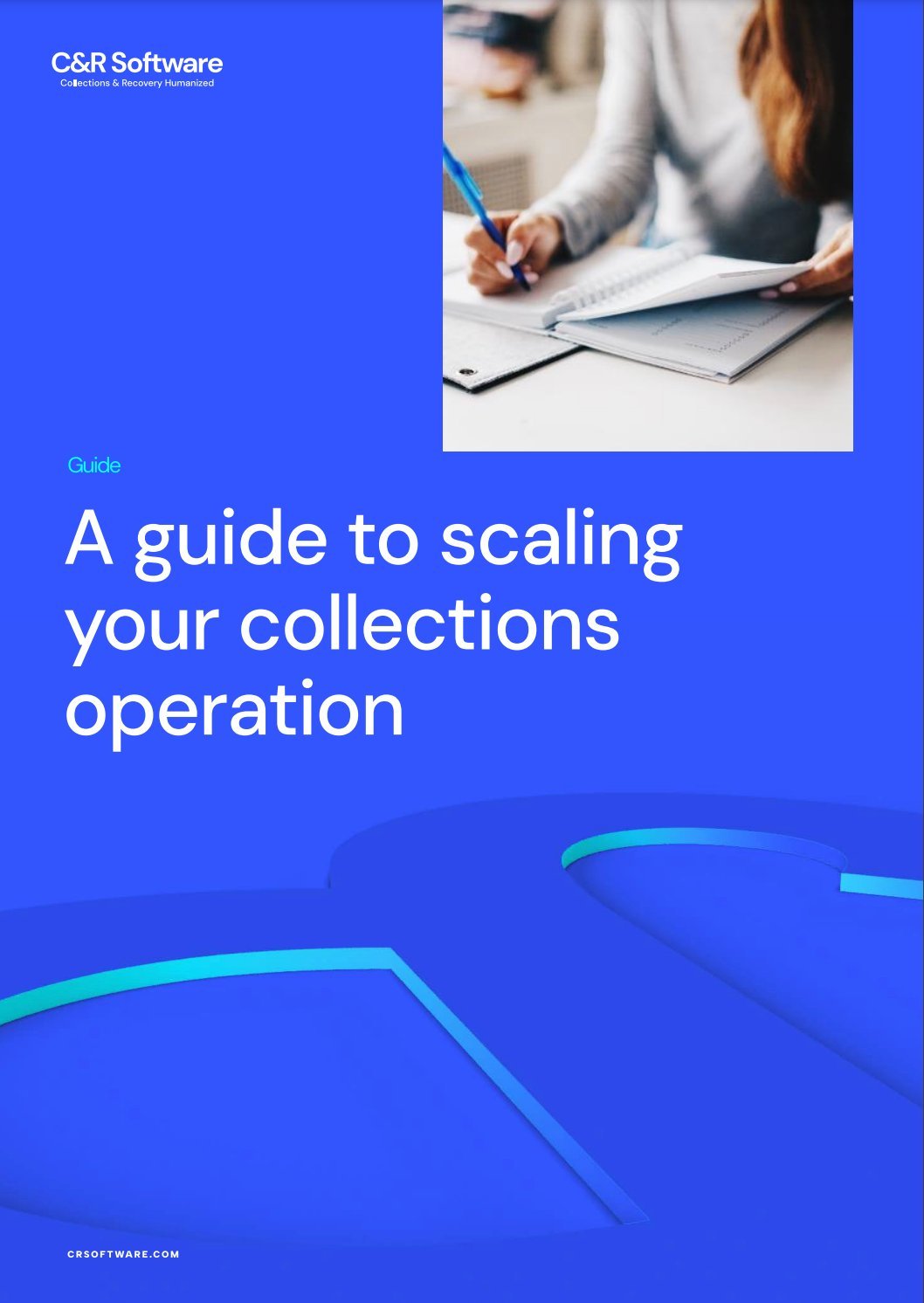Buy Now, Pay Later (BNPL) is a rapidly growing payment format that has become seamlessly integrated into a range of services, products and facilities. Its ease of access has made it a popular choice of payment, which has meant an increasing volume of customers entering the collections process as a result.
What is Buy Now, Pay Later?
BNPL enables consumers to make purchases for the short-term while allowing them to spread payments out over the course of weeks or months. These payments are often interest and/or fee-free finance if paid on time, making them an accessible choice for consumers who want to make moderate to large purchases but lack the immediate financing.
BNPL is being offered by a mixture of organizations, each providing different products or services via providers such as Klarna, Paypal Credit and Afterpay. This seamless integration in a range of services has made BNPL grow in recent years, jumping from a value of $33bn in 2019 to $120bn in 2021.
Part of this dramatic growth is due to the fact that many consumers using BNPL do so out of financial difficulty. Financial Times reports one in twelve customers use it to pay for essentials such as groceries. These customers use BNPL to purchase necessities and struggle to meet the scheduled payments, which can often begin the collections process.
How has BNPL affected collections?
The ease of access and widespread implementation and growth of BNPL in recent years has caused an inevitable increase of debt cases. Customers at both ends of the spectrum are struggling to meet scheduled payments, regardless of whether it is from large, expensive purchases or more commonly, significantly smaller, lower value items. As a result, one in ten customers have been contacted by a debt collector due to a BNPL process which can quickly increase financial obligations and bring on collection activity.
The significant number of BNPL customers missing payments is putting strain on collections teams. These teams are focused on providing support and guidance to customers during their financial difficulty, but the increase of volume has made it difficult. Moreover, most of these customers have varied situations and characteristics that require individual solutions to reach a suitable resolution. As a result, BNPL has put tremendous strain on collections teams to help both existing and new customers.
How can collections and recovery teams manage the increase of customers via BNPL?
In light of the large influx of customers from BNPL, a sophisticated, efficient and effective approach from collections teams is all the more vital. This can be achieved through various methods and tools that collection teams can utilize:
Machine learning – Collections teams can utilize machine learning (ML) to organize their customers based on specific characteristics, including the size of debt, financial history, credit card use and the likelihood they’ll repay.
Segmentation – From these characteristics, collection teams can segment their customers into specific groups based on the treatment that will best help them resolve their debt. One group may require a simple SMS message to remind them to repay, whereas another would require a phone call to discuss possible offers in detail. Other accounts in arrears might require additional channels and efforts.
Automation and self-service – Automation can be utilized to automatically provide these customers with the predetermined information they need, decided by the collections team ahead of time. For example, if an SMS message helps a customer group resolve their debt, they can automate these messages to the appropriate customer groups.
Machine learning, segmentation and automation help collection teams to understand the individual situations of a large number of customers. From this they can discover the best course of action for each customer, helping to guide them through their financial hardship.
A configurable collections platform with the ability to scale using ML, segmentation, automation and self-service can quickly react to changing demands associated with increased account volumes. It has the ability to manage a large number of relatively low value debts, where traditional approaches simply aren’t cost-effective.
Other, more fundamental capabilities are the basis for effective BNPL treatments, and the combination of core capabilities and digitally driven technologies serve as the keys to an improved experience for the new-to-BNPL consumer.
Help more customers manage their finances with Debt Manager
With the popularity of BNPL and growth of customers facing difficulty making scheduled payments, it’s more important than ever for collection teams to introduce efficient and effective processes to help them through their debt. Managing this influx of customers can be difficult, which is why the simplicity of Debt Manager is a welcome addition to any collections team. It offers efficiencies, performance improvements and an experience that helps consumers resolve distressed debt. To learn more about how Debt Manager can seamlessly improve your customer experience and operations, contact us today.




-Dec-30-2025-06-36-56-3343-PM.png?width=352&name=operationalize%20AI%20(15)-Dec-30-2025-06-36-56-3343-PM.png)
.png?width=352&name=operationalize%20AI%20(21).png)
.png?width=352&name=operationalize%20AI%20(20).png)
.png?width=352&name=operationalize%20AI%20(19).png)